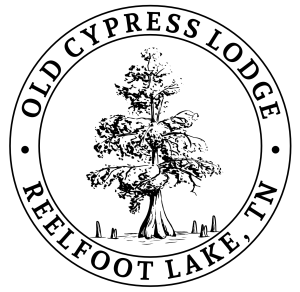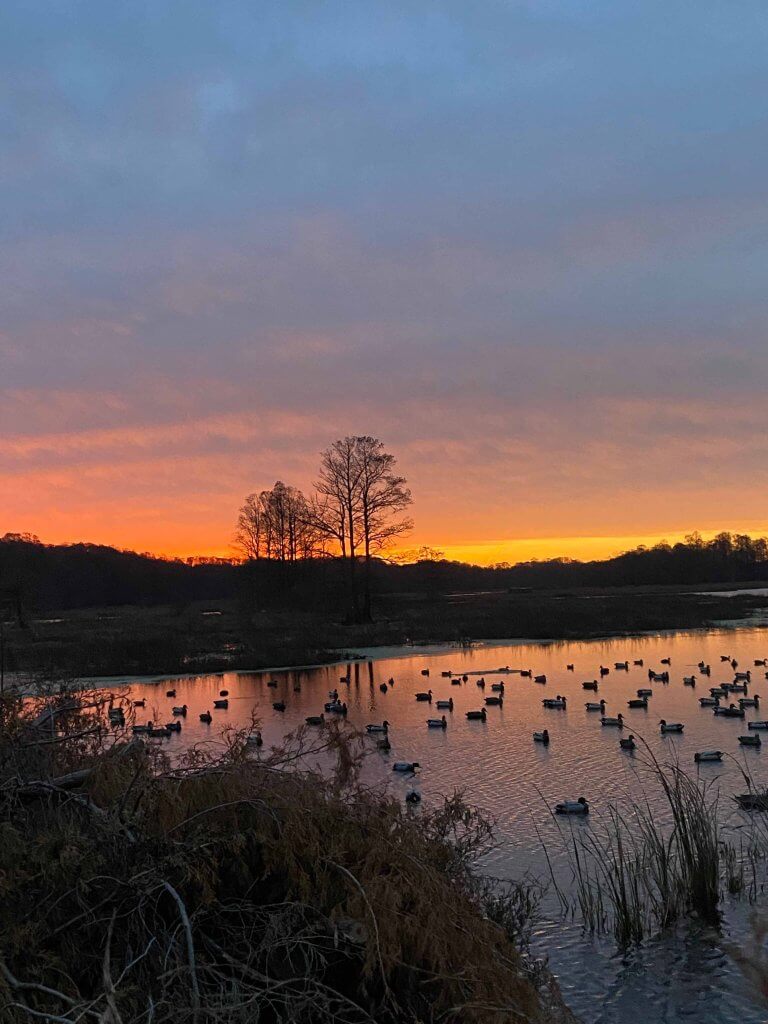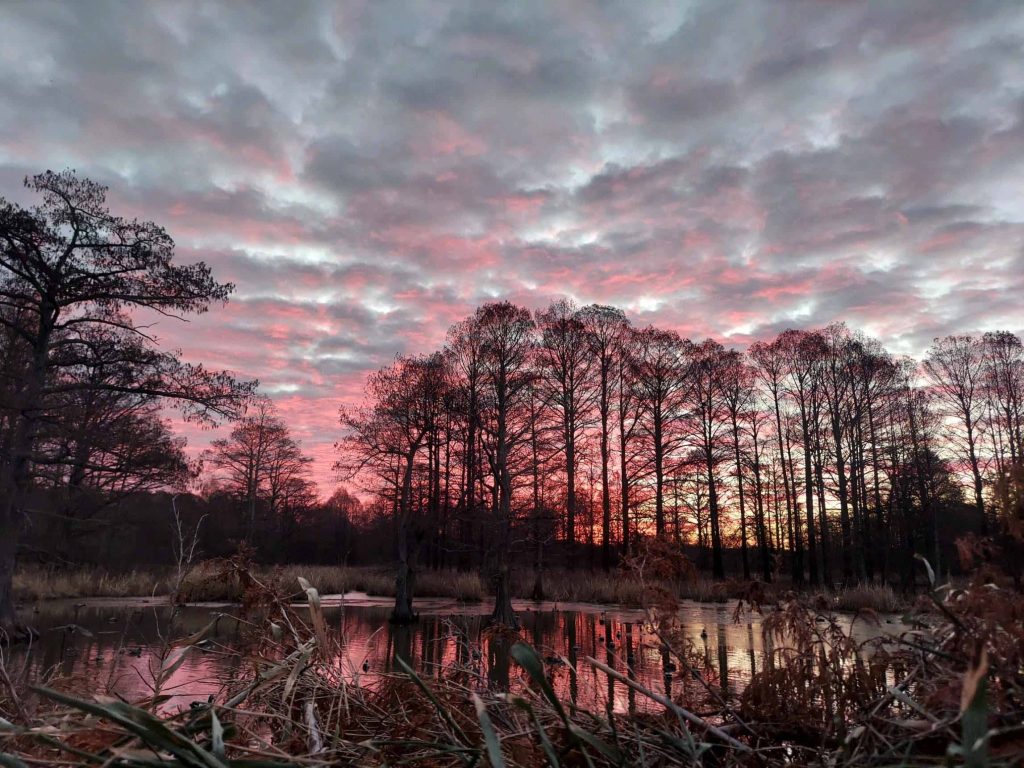At twenty miles long and seven miles wide, Reelfoot Lake in Northwest Tennessee is the largest naturally occurring lake in the state. The picturesque, Reelfoot Lake has a long, unique history and tradition. It dates back to pre-settlement times. Today, it is a popular destination for duck hunters and other outdoor enthusiasts.
Reelfoot Lake History
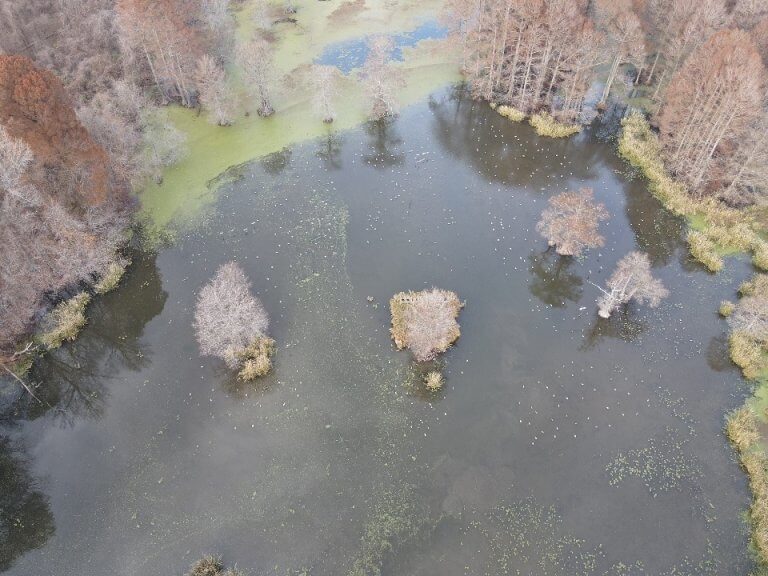
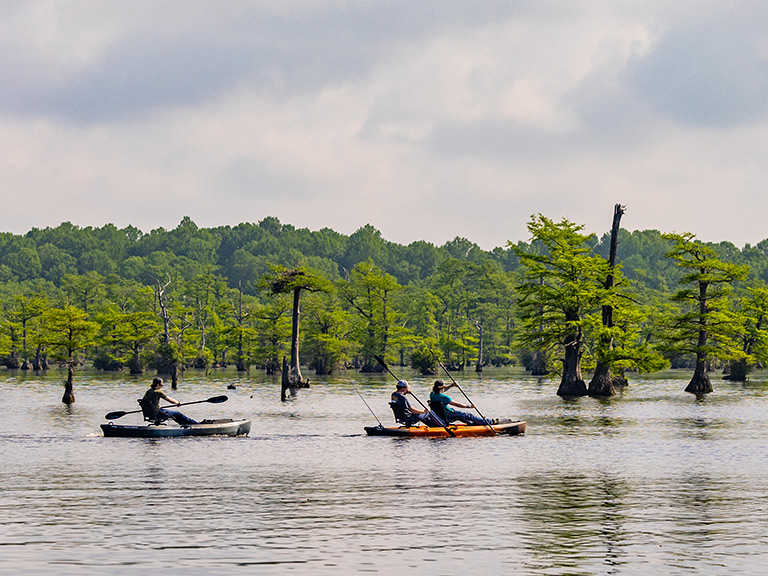
How Was Reelfoot Lake Created?
According to local native legend, Reelfoot Lake is said to be named for an Indian chief who had a deformed foot. He was nicknamed “Reelfoot” by settlers in the early 19th century. The legend states that the name originated from a prince of a Chickasaw tribe inhabiting present West Tennessee. He was born with a deformed foot and walked with a rolling motion, so was nicknamed Kolopin, meaning Reelfoot.
When he became chief, Reelfoot was determined to marry a Choctaw princess, but her father would not permit it. The Great Spirit warned Reelfoot that if he attempted to kidnap the maiden, his village and his people would be destroyed. Reelfoot disobeyed the Spirit and seized the princess by force. He carried her to Chickasaw territory, where he arranged a marriage ceremony.
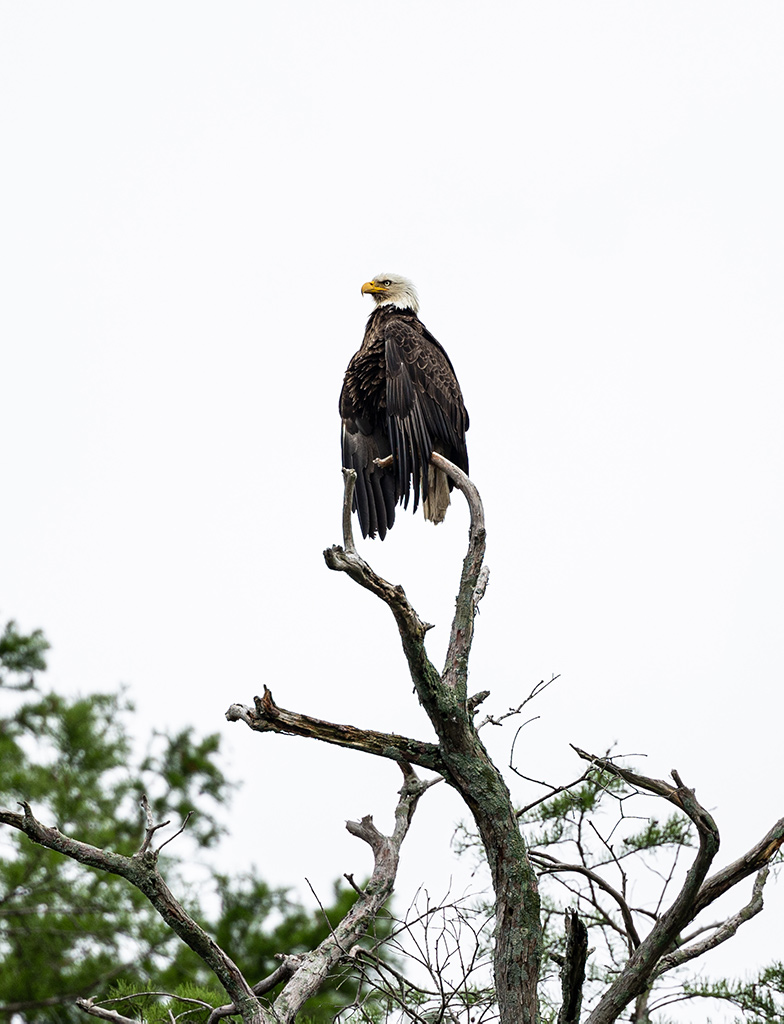
The Earthquakes
The generally accepted geological genesis of the lake is that Reelfoot Lake was created by a series of extremely violent earthquakes. It was recorded to be specifically the New Madrid earthquakes, from 1811 to 1812. These seismic events along the New Madrid Fault. This caused the area to subside and the Mississippi River to flow backward for a short period of time. As the water rushed back towards the direction from which it previously came, the forested area adjacent was flooded. The water from the Mississippi flowed over the banks. Thus, Reelfoot Lake was born.
Reelfoot is known for its shallow depths (5.5 feet average depth) and cypress trees, which provide a peaceful atmosphere for visitors. The lake’s waters are home to many species of fish, reptiles, amphibians, and birds. This makes it an ideal spot for duck hunting, fishing, or birdwatching.
Eyewitness Accounts of the New Madrid Earthquakes in Tennessee
There are numerous first-hand accounts of the New Madrid Earthquakes and the resulting creation of Reelfoot Lake in Tennessee. Here are a few of them:
Firmin La Roche
Firmin La Roche, master of a fleet of flatboats operating between St. Louis and New Orleans, recorded the event on November 15, 1811. He was tying up his boats eight miles above New Madrid. Awakened in the night by a crash, he found his boats carried more than a mile upstream. He discovered it was by a great wave that came up the river. The water rose so rapidly that trees on the thirty-foot bank were covered. He went on to describe how he and his convoy were nearly killed and how the town of New Madrid was all but destroyed during the earthquake.
Mrs. Eliza Bryan
Perhaps one of the most important eyewitness accounts comes from Mrs. Eliza Bryan. Mrs. Eliza Bryan of New Madrid described the natural disaster in a letter to Rev. Lorenzo Dow, a Methodist preacher who was anxious to learn what had occurred. Mrs. Bryan said that “beginning December 16, 1811, there were violent earthquakes in that section throughout the winter months.”
Bryan continued, “On some days the atmosphere was so completely saturated with sulfurous vapors as to cause total darkness; trees cracked and fell into the roaring Mississippi, and on some occasions, the current was retrograde for a few minutes supposedly due to an eruption in the river bed. The climax came on February 7, 1812, with the hardest shock of all when the waters of the river gathered up like a mountain, rising fifteen to twenty feet perpendicularly and then receding within its banks with such violence that it took with it whole groves of young cottonwoods which edged its borders. Fissures in the earth vomited forth sand and water, some closing again immediately.”
Mrs. Bryan’s most noteworthy statement was that she heard a report that a lake had been formed on the opposite side of the river in the Indian country. She mentioned that this lake “communicated with the river at both ends,” surmising that within a few years the whole Mississippi would pass that way.
Vincent Nolte
Vincent Nolte was a merchant on his way from New York to New Orleans. As he rode horseback over the Allegheny mountains to Pittsburgh, he fell in with another traveler who happened to be the distinguished naturalist, Audubon.
Nolte and Audubon purchased two flat boats on which they started down the Ohio River in January 1812. The weather was so cold that the river froze over, forcing them to leave their boats in the ice and ride through the vast forest.
They passed through Lexington and Frankfort. When near Louisville, they felt the first earthquake shocks which broke the ice in the river, allowing their boats to come down. Boarding their boats again at Louisville, they reached New Madrid by February 6 on a clear, moonlight night. Awakened by fearful crashes, they saw the Mississippi “boiling up like water in a boiling cauldron.”
Nolte recalls, “The stream flowed rushing back, while the forest trees came cracking and thundering down.” As they traveled on to Natchez and New Orleans, they learned that this earthquake had shaken all of Louisiana and the whole region around the Gulf of Mexico. It went as far south as Caracas where forty thousand inhabitants were swallowed up.
For more information on these individuals who witnessed one of the most dramatic natural disasters to hit the North American continent, you can head to the Center for Earthquake Research and Information at the University of Memphis. You’ll find brief bios and links to the original excerpts of their accounts.
Tennessee Bird Watching
With over 270 local Tennessee bird species, the Audubon Society has designated Reelfoot Lake as an important bird area. Reelfoot is considered by some birding enthusiasts to be the best bird-watching area in Tennessee. This unique and diverse ecosystem is home to bird species like bald eagles, Swainson’s warbler, peregrine falcon, and Mississippi kite. It is home to at least 30 different rare or endangered species such as snakes, turtles, amphibians, mammals, and invertebrates. Oh, and don’t forget about the winter eagle tours given by the park staff!
Reelfoot Lake is a national treasure and a designated National Natural Landmark. You are sure to love your time here, whether you are coming to hunt waterfowl, fish, or just take in the scenery. So, what are you waiting for? Start exploring and uncovering the secrets of this iconic Northwest Tennessee lake.
